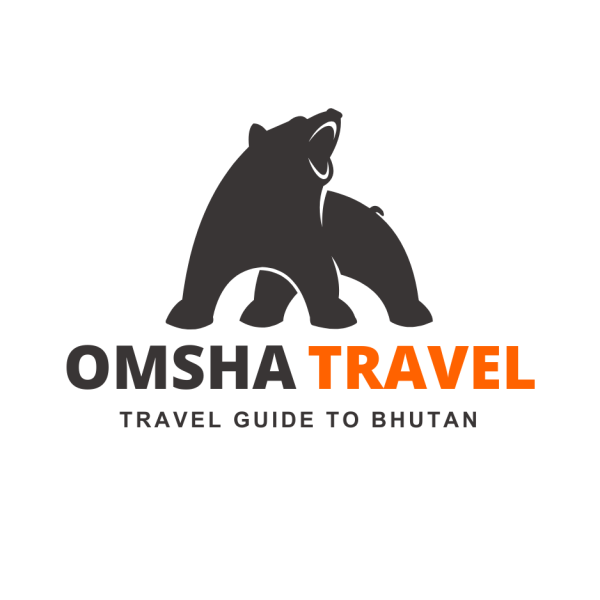Trekking in Bhutan
Trekking in Bhutan: A Journey Through the Last Shangri-La
Bhutan, often called the “Last Shangri-La,” offers some of the most pristine and breathtaking trekking experiences in the world. With its unspoiled landscapes, sacred mountains, and remote villages, trekking in Bhutan is not just a physical adventure—it’s a spiritual and cultural journey into a mystical Himalayan kingdom.
Trekking in Bhutan is a unique and rewarding experience, allowing you to explore the pristine landscapes, visit remote mountainous regions of the Eastern Himalaya. Along the way we pass through deep forest and walk high up into the alpine zone. We follow trails between scattered villages only accessible by foot or on horseback. We travel along old routes from the period when there was trading between Bhutan and Tibet. There are views of some of the highest mountains in the Himalaya. These are Chomolhari (7,326m), Jitchu Drake (6.970m), Masang Kang (7,194m) and Gangkar Punsum (7,541m).
Why Trek in Bhutan?
Trekking in Bhutan is unlike trekking anywhere else. Here, the trails are quiet, the air is clean, and the journey is deeply connected to Bhutan’s cultural and religious traditions. Bhutan limits tourist numbers through its unique tourism policy, ensuring that trails remain untouched and uncrowded. From alpine meadows and glacial lakes to ancient monasteries and high mountain passes, the diversity of terrain and culture is exceptional.
Best Time to Trek in Bhutan
The ideal trekking seasons in Bhutan are spring (March–May) and autumn (September–November). These months offer clear skies, pleasant temperatures, and the best views of the Himalayas. Summer months (June–August) can be rainy, and winter treks (December–February) are limited due to snow at high altitudes, though low-altitude cultural treks may still be possible.
What to Expect
- Fully supported camping treks: All treks are accompanied by experienced guides, cooks, and horsemen.
- Sustainable travel: Bhutan’s trekking infrastructure is eco-friendly and community-focused.
- Cultural immersion: Treks pass through traditional villages, monasteries, and sacred sites, offering a deep cultural experience.
Plan Your Trek with OMSHA Travel
At OMSHA Travel, we specialize in organizing personalized and group treks across Bhutan. Whether you’re a seasoned hiker or a curious traveler, we can match you with the right trail, pace, and experience. Our local guides ensure your journey is safe, insightful, and truly unforgettable.
Ready to Trek the Himalayas?
Contact us to start planning your Bhutan trekking adventure today!
FAQs – Trekking in Bhutan
1: What is the best time for trekking in Bhutan?
The best seasons for trekking in Bhutan are spring (March to May) and autumn (late September to early November). These months offer clear skies, pleasant temperatures, and ideal trail conditions.
2: Do I need to be physically fit to trek in Bhutan?
Yes, most treks in Bhutan involve walking in mountainous terrain at high altitudes. While there are moderate treks like the Druk Path, others like the Jomolhari Trek or Snowman Trek require good physical fitness and prior trekking experience.
3: What trekking options are available?
Bhutan offers a range of trekking routes, including:
- Druk Path Trek (5–6 days, moderate)
- Dagala Thousand Lakes Trek (8–9 days, moderate)
- Jomolhari Trek (10–11 days, challenging)
- Snowman Trek (25+ days, one of the toughest treks in the world)
4: Is a guide mandatory for trekking in Bhutan?
Yes, it is mandatory to trek with a licensed Bhutanese guide. Independent trekking is not allowed in Bhutan.
5: What is included in a trekking package?
Trekking packages generally include:
- All permits and visa arrangements
- Licensed English-speaking guide
- Cook, horseman, and pack animals
- Camping equipment
- All meals during the trek
- Transport and accommodation before and after the trek
6: What about altitude sickness?
Some treks in Bhutan reach altitudes above 4,000 meters. It’s important to acclimatize properly and inform your guide if you feel unwell. Treks are designed with acclimatization days when needed.
7: Can I see wildlife during the trek?
Yes, Bhutan is rich in biodiversity. You may encounter blue sheep, yaks, marmots, Himalayan monals, and if you’re lucky, red pandas or even dholes (wild dogs), although they are rare and very shy.
8: What should I pack for a trek in Bhutan?
Essential items include:
- Warm clothing (layers)
- Waterproof gear
- Good trekking shoes
- Sleeping bag
- Sunscreen, sunglasses, and a hat
- Personal medication
9: Are there any age restrictions for trekking?
There is no official age limit, but participants should be in good health and physically fit. Treks can be tailored to suit your fitness level.
10: Is travel insurance required?
Travel insurance is not mandatory but highly recommended, especially for trekking at high altitudes.
11.How does trekking in Bhutan compare with trekking in Nepal?
All treks in Bhutan are camping style as there are no teahouse lodges like trekking in Nepal. It is not possible to travel independently in the Bhutan Himalaya. Whereas many people trek independently on the trails of Nepal. The regulations in Bhutan state that you must organise your trek using an operator. We will process your Bhutan visa and organise the logistics of your trek.
There is a far lower number of trekkers in Bhutan compared to Nepal. Most visitors to Bhutan go on a cultural tour and do not hike in the mountains. Trekking and camping in Bhutan is an incredible experience. Along the way you see pristine wilderness, traditional villages and the Himalaya.







